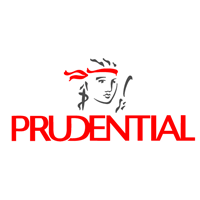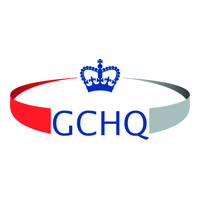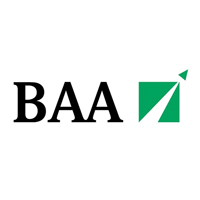
What’s the value
Investments in change are inherently speculative; we can’t be sure of their success. There is a risk to their ‘desirability’; the objectives may become invalid or the outcomes may become less valued. There is also a risk to the ‘do-ability’; the cost and risk of undertaking the initiative may outweigh the value position to the extent it represents a poor investment.
To protect against this an essential part of governance is to validate and confirm that an initiative is both desirable and doable before and during delivery. This assures the host organisation and sponsor that the initiative can achieve its objective and associated benefits. It also affirms that the objective remains valid and desirable. The practice of this principle, which should be applied to programmes, projects and work packages, is called ‘assurance’.
Assurance thus enables reduced cost of failure through earlier recognition and closure of unviable initiatives. Increased confidence in the viability and probability of success of change initiatives. Higher degrees of stability in scope and associated costs and projections. Reduced levels of portfolio and business risk.
Why is it valid
Over the past 25 years CITI have developed a robust assurance approach that gives a clear ‘line of sight’ of the true state of play, and a set of indicators as to what management actions are necessary to maintain or reset the direction. Such powerful analytical tools as the mission model, sources of complexity, and RACI models establish a prognosis for change initiatives ranging from large-scale corporate programmes through to a discrete work-packages.
The outcome is a higher degree of confidence that the right questions are being answered appropriately at the correct points in the lifecycle; consequently a commensurate level of over-sight is being provided to the change initiatives in light of their benefits, costs and risks.
What you will experience
Assurance involves an expert project practitioner, equipped with benchmarks and tools assessing the conduct of PPM processes and governance as carried out by the sponsor and the governance board, the project manager and the project team. It looks at project and programme environmental factors, the quality of decisions made, and the evidence that underpins the authority-to-proceed decisions.
The approach and depth adopted reflects the source and level of concern and the consequences of inappropriate governance actions on the organisation; in short, the cost of failure. Though it is generally the case that assurance is best received from an obviously independent provider, CITI takes considerable effort to embed good assurance practices and procedures into the PPMC of the organisations it works with – as the improvement in performance is usually very marked.
How you might start
Prevention being better than a cure, it is often the case that organisations call us to discuss assurance prior to commencing a particularly significant or risky project or programme. The first step is to analyse the sources of complexity, and review the proposed governance structure and the lifecycles adopted. Clear RACIs are established and lessons learned and benchmark values from other organisations set out as part of the de-risking process.
Other organisations call when they either are, or they suspect that they are, in trouble. They are looking for ways to establish the extent of the problem and proven ways of recovering or rescuing the initiative based on evidence of success elsewhere. The requestors are either the sponsor, a senior governance board, and sometimes the project or programme manager.
Example models, methods & tools used
Mission Model Analysis
RACI analysis
PCAT
Health checks
Surgeries.
Clients we have helped realise this value
PAshton
Latest posts by PAshton (see all)
- Bulletin – September 2015 - September 16, 2015
- Nick Dobson - September 15, 2015
- CITI introductory video - September 15, 2015





